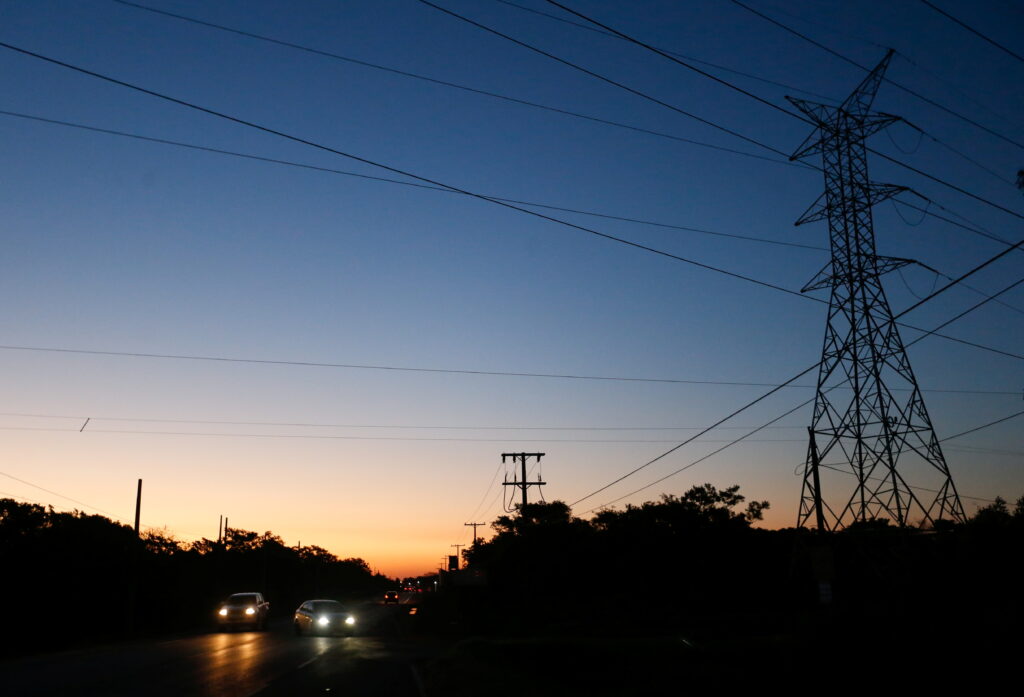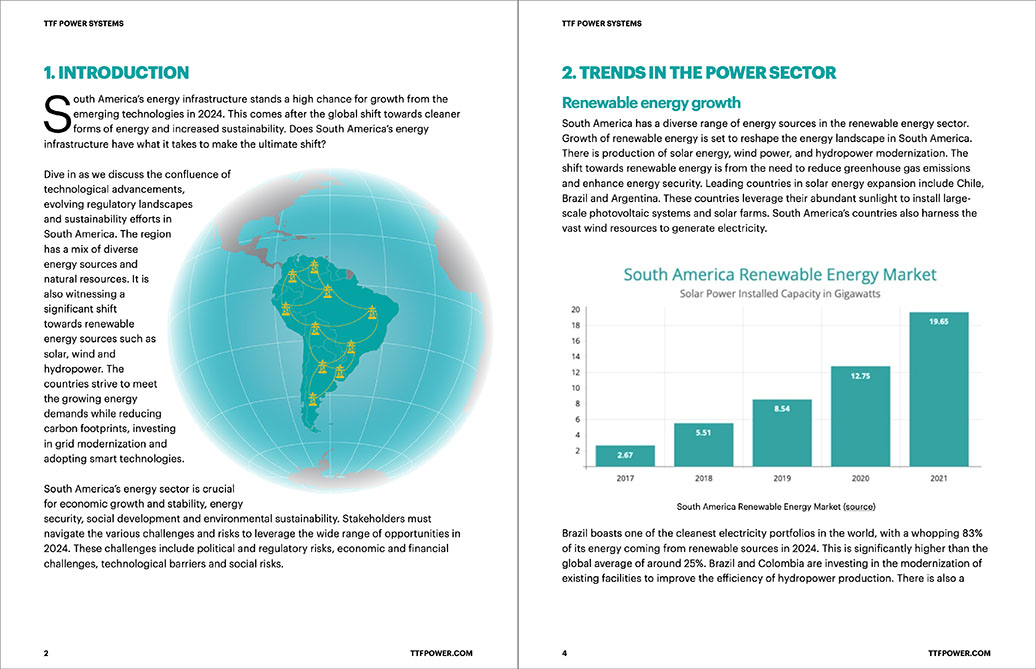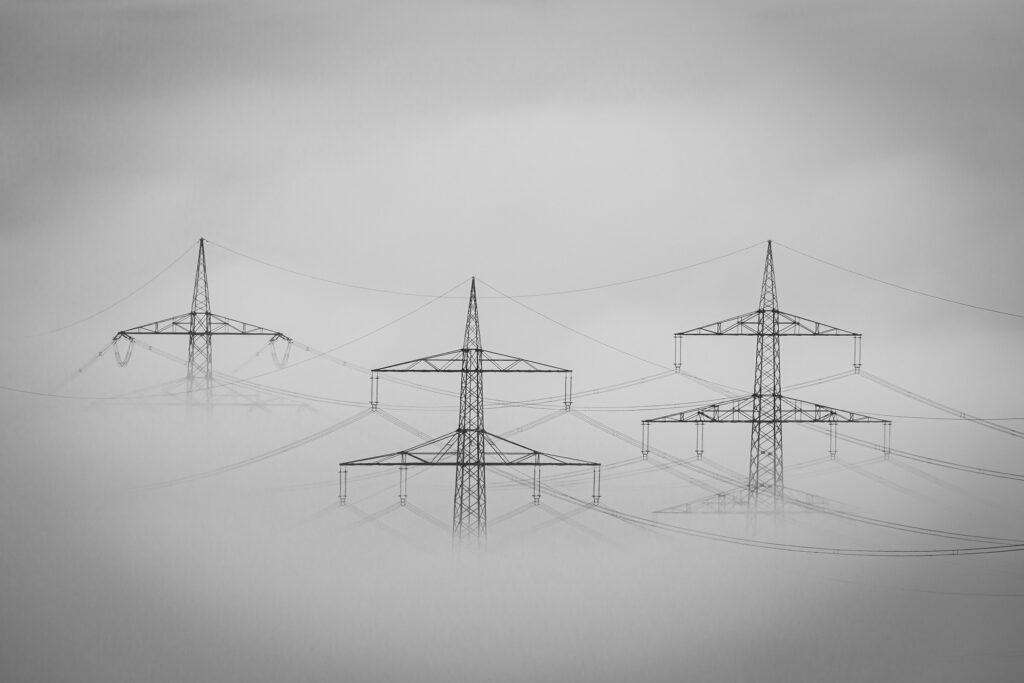
South America has faced several energy challenges stemming from natural conditions and climate change. Some of the countries may face these challenges more than others in the region. This includes countries like Venezuela, Ecuador, Brazil, and Argentina. In 2024, South America’s energy crisis serves as a wakeup call for the need to invest in more resilient and diversified energy systems. There is also a need for regional cooperation to address these challenges. This is with a focus on developing renewable energy resources. The governments and industry professionals should aim to improve energy efficiency and build infrastructure that can withstand climate change impacts.
Causes of energy crises in South America
Energy crises in South America stem from a range of factors, including natural, economic, political, and social factors. These factors compound each other, which leads to complex energy crises. Addressing such challenges needs an approach involving policy changes, infrastructure investment, and diversification of energy sources. Common causes include drought, insufficient investments, overreliance on a single energy source, and increasing demand. They also include political instability, subsidized energy prices, natural disasters, and technological limitations. Addressing these challenges leads to diversification of energy sources and more adaptive energy policies. A formed wire is a helical-shaped wire used to protect conductors from abrasion.
Energy crises have an impact on grid infrastructure.
The grid infrastructure in South America relies mainly on sources like hydropower and fossil fuels. It is the backbone of any energy system that handles transmitting electricity from generation sources to consumers. During an energy crisis, the grid can face challenges that can lead to reduced reliability, increased costs, and long-term damage. Energy crises reduce the grid’s reliability and its ability to integrate new energy sources. The following are the ways energy crises impact grid infrastructure.

- Grid instability – energy crises lead to a sudden spike in demand in the region. For instance, during heatwaves, more people might use air conditioning, which puts extra strain on the grid. The surge in demand can overload transmission and distribution lines. This leads to power outages, brownouts, or equipment failure.
- Frequent power outages – power utilities in the region may put in place blackouts to prevent a total grid collapse. For instance, Ecuador announced planned power interruptions in April 2024 to balance the grid. Additionally, inconsistent power supply can cause voltage fluctuations that can damage grid infrastructure.
- Accelerated wear and tear – many South American grids are dealing with aging infrastructure. Pushing the grid to its limits during the crisis speeds up the wear and tear.
- Reduced maintenance and investment – energy crisis might delay routine maintenance due to budget constraints. This can worsen existing issues within the grid, leading to a cycle of deterioration and frequent outages.
- Increased operational costs – the cost of generating electricity can go up during an energy crisis. These higher costs can pass on to consumers, which also increases operational expenses for grid maintenance.
- Renewable energy integration challenges – energy crisis can delay the integration of renewable energy sources into the grid. The transition to renewable energy needs significant adaptation of the grid infrastructure. This includes the installation of smart grid technologies and energy storage solutions.
Solutions for the energy crisis in South America
Solving the energy crisis in South America requires an approach that combines immediate actions to stabilize the grid. This includes investments in renewable energy, infrastructure, and policy reforms. It also includes diversifying energy sources, improving grid resilience, and fostering regional cooperation. The following are some of the solutions for the energy crisis in South America.

- Diversification of energy sources – the region has great potential for renewable energy. This is including solar, wind, and geothermal. Countries like Chile, Uruguay, and Brazil have made significant steps to promote energy growth. The adoption of small-scale renewable energy systems such as rooftop solar panels and microgrids can reduce the strain on the central grid.
- Investment in grid infrastructure – upgrading the grid infrastructure can reduce energy losses and improve reliability. This may include replacing outdated equipment, improving grid interconnections, and investing in smart grid technologies.
- Regional cooperation and integration – promoting energy trade between countries can help balance supply and demand. Countries with surplus energy can export electricity to other countries with energy shortages.
- Research and innovation – investing in research and development to improve renewable energy technologies can lead to cost effective solutions. Exploring new financing models can help mobilize the capital needed to fund energy projects.
